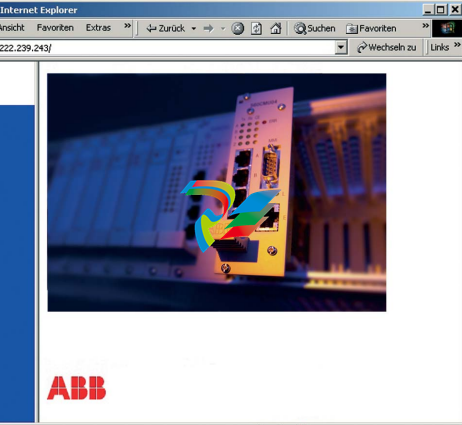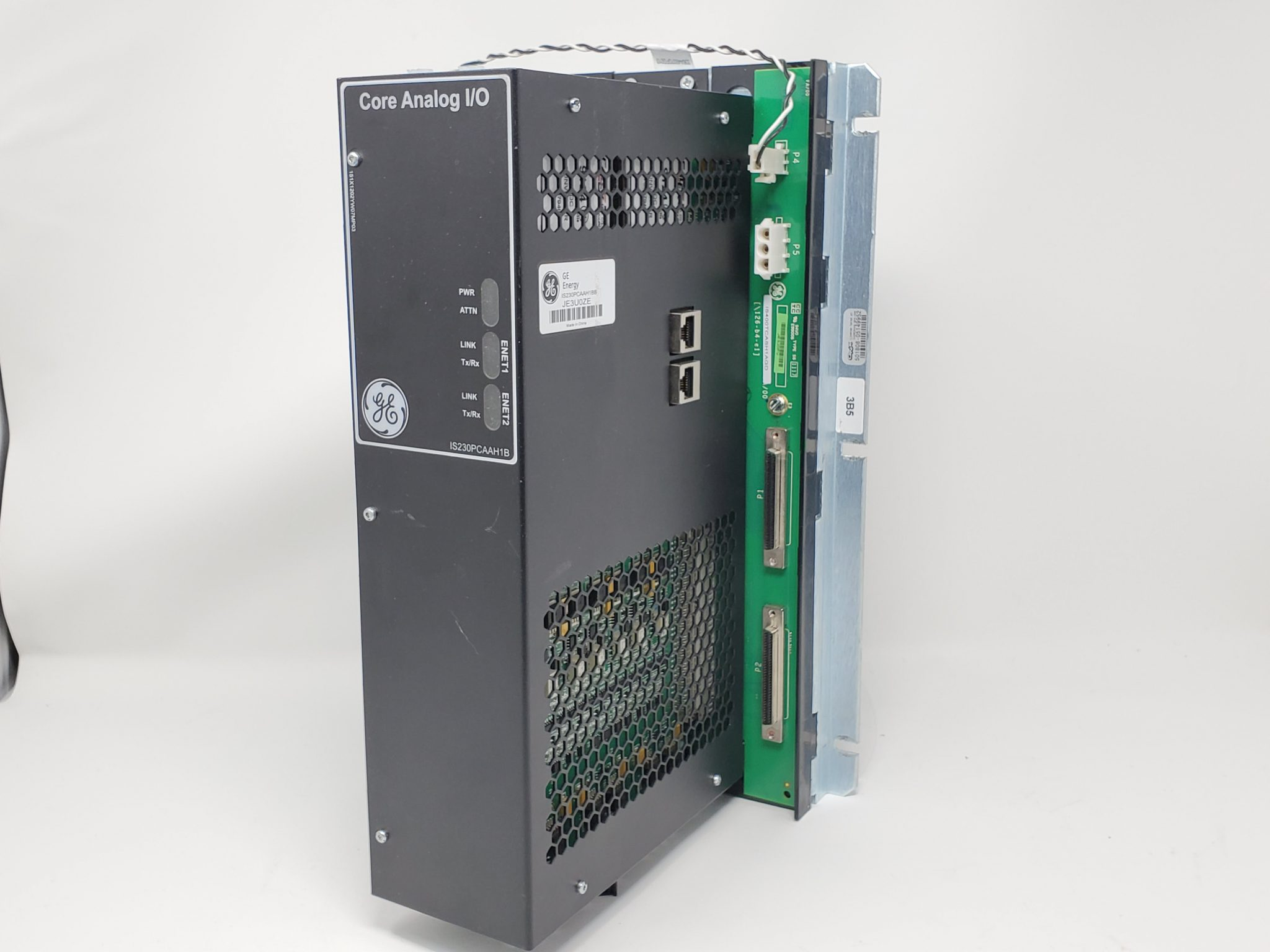
Remote Terminal Unit RTU560
Diagnosis RTU560 diagnosis system is based on the web server technology. Therefore no special tools are required to analyse the RTU560.The diagnosis could be carried out either locally or remote via LAN/WAN. All RTU560 modules are maintenance free.Due to the small numbers of different modules,spare part stock is kept to a minimum.Since the application data is stored on Compact Flash CardsTM it is possible to exchange modules without new configuration download. The functional operation of the RTU560 is guaranteed by a comprehensive monitoring concept. The hardware and software is continuously monitored from the I/O boards throughout the entire RTU. The hardware and software monitoring is carried out by active checks at several levels. The diagnosis concept of the RTU560 is consequently adapted to the possibilities of modern communication.Once access to the RTU560 by Intranet has been established,all of the RTU560's relevant information can be read out from any location by a laptop. This system can be used for a checkup of the configuration or signal values and statuses. It allows service personnel to analyse and possibly solve a RTU problem from their office rather than making an unnecessary visit to the station. On the other hand,when travelling to the site is inevitable,the required spare parts can be determined beforehand. Remote access via Intranet is combined with authority privileges for the user.It is possible to:
• Monitor the RTU-produced internal error messages
• Monitor and check the RTU560 configuration and the status of all connected process signals
• Check the current version of the configuration file
• Down- or upload the RTU560 configuration file • Check and download revised software files for the RTU560 CMU boards
• Upload the archive files Access to each communication board is granted individually. The presentation of process information about statuses and values is presented in such a way that the service personnel are able to work with the same designations (object identification keys) as the operator in the control station.

The following data can be stored with time stamp:
• Process events of the RTU560 and connected subsystems (subordinate RTUs,IEDs,protection relays)
• Virtual data points (e.g.calculated values of PLC function)
• User login
• Commands
• System events and messages
• Analogue measured values
• Integrated totals (counter values)
• File archive (Load profiles of metering devices, Disturbance records of protection relays) The archive data are accessible via:
• Web server,front MMI (cable)
• Web server,TCP/IP channel (remote,WAN/LAN)
• CSV export (text file),Import in MS-ExcelTM
• Local print function to serial printer
• Data of the File archives are also accessible via file transfer
Local Print, Archive and File Upload The RTU560 is able to handle and file archive data which are protected against voltage loss (Compact Flash CardTM). The File archive can handle the following file types:
• Disturbance recorder files of connected protection relays/bay controller via IEC60870-5-103
• Disturbance recorder files of some connected protection relays/bay controller via SPABUS
• Load profiles of connected metering devices (e.g.IEC62056-21)
• Disturbance recorder of connected subordinated RTUs with IEDs are supported
• The upload to Flash memory is running automatically
Benefits:
• Archive data protected against voltage loss (non-volatile)
• Local or remote accessible via web server
• Easy engineering
• Buffer sizes are configurable
• Export function to MS OfficeTM
• Disturbance recorder files are available in standard COMTRADE format
• Automatic conversion to client naming structure
• No data loss of disturbance files on the protection relays because of limited memory
• Integrated component of the HMI
The data engineering of the RTU560 can easily be carried out by the user with the
help of the MS-WindowsTM based tool RTUtil 560 and by MSExcelTM signal lists.
RTUtil 560 is designed to engineer small RTU560, medium-sized RTU560 with a
set of included IEDs, and also to engineer router RTUs with all the types of commu
nication links and IEDs used in the customer's network.Process signal mapping to th
e different communication protocols is one of the main tasks needed in hierarchical co
mmunication network structures. The process signals of a small RTU connected at the
lowest level of a network may be routed via other RTUs on the way up to the final net
work control center (NCC). All necessary communication links and parameters are eng
ineered with RTUtil 560 in one project. The signal and communication data can be ent
ered into RTUtil 560 via import of MS-ExcelTM signal li
sts.Therefore only limited RTUtil 560 knowledge is required. The use of MS-ExcelTM f
unctionality allows quick and easy data entry of large volumes of process data.To allow
adaptations to specific customer or project requirements,the structure of the MS-Exc
elTM sheets used for data import is expandable and can also be used for documentatio























.jpg)












































.jpg)
.jpg)





.jpg)



.png)
.jpg)

.jpg)
_lVjBYb.jpg)

.jpg)
.jpg)



.jpg)
.jpg)







.jpg)

.jpg)
.jpg)











.jpg)





